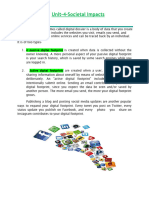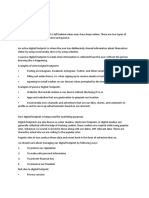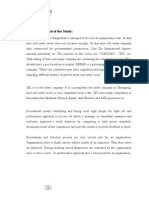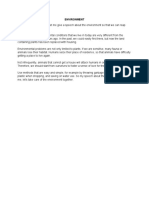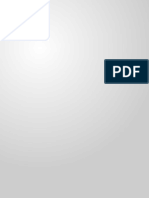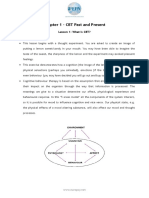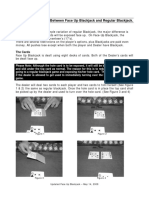0% found this document useful (0 votes)
11 views5 pagesSocietal Impact Notes
The document discusses the concept of digital footprints, which are the data trails left by users online, and emphasizes the importance of netiquette, communication etiquette, and social media etiquette for responsible digital citizenship. It covers intellectual property rights, including copyright, patents, and trademarks, as well as the implications of cyber crimes like hacking, phishing, and identity theft. Additionally, it addresses e-waste management and its environmental impact, along with health considerations related to excessive digital device usage.
Uploaded by
ShaaswathiCopyright
© © All Rights Reserved
We take content rights seriously. If you suspect this is your content, claim it here.
Available Formats
Download as DOCX, PDF, TXT or read online on Scribd
0% found this document useful (0 votes)
11 views5 pagesSocietal Impact Notes
The document discusses the concept of digital footprints, which are the data trails left by users online, and emphasizes the importance of netiquette, communication etiquette, and social media etiquette for responsible digital citizenship. It covers intellectual property rights, including copyright, patents, and trademarks, as well as the implications of cyber crimes like hacking, phishing, and identity theft. Additionally, it addresses e-waste management and its environmental impact, along with health considerations related to excessive digital device usage.
Uploaded by
ShaaswathiCopyright
© © All Rights Reserved
We take content rights seriously. If you suspect this is your content, claim it here.
Available Formats
Download as DOCX, PDF, TXT or read online on Scribd
/ 5
















































